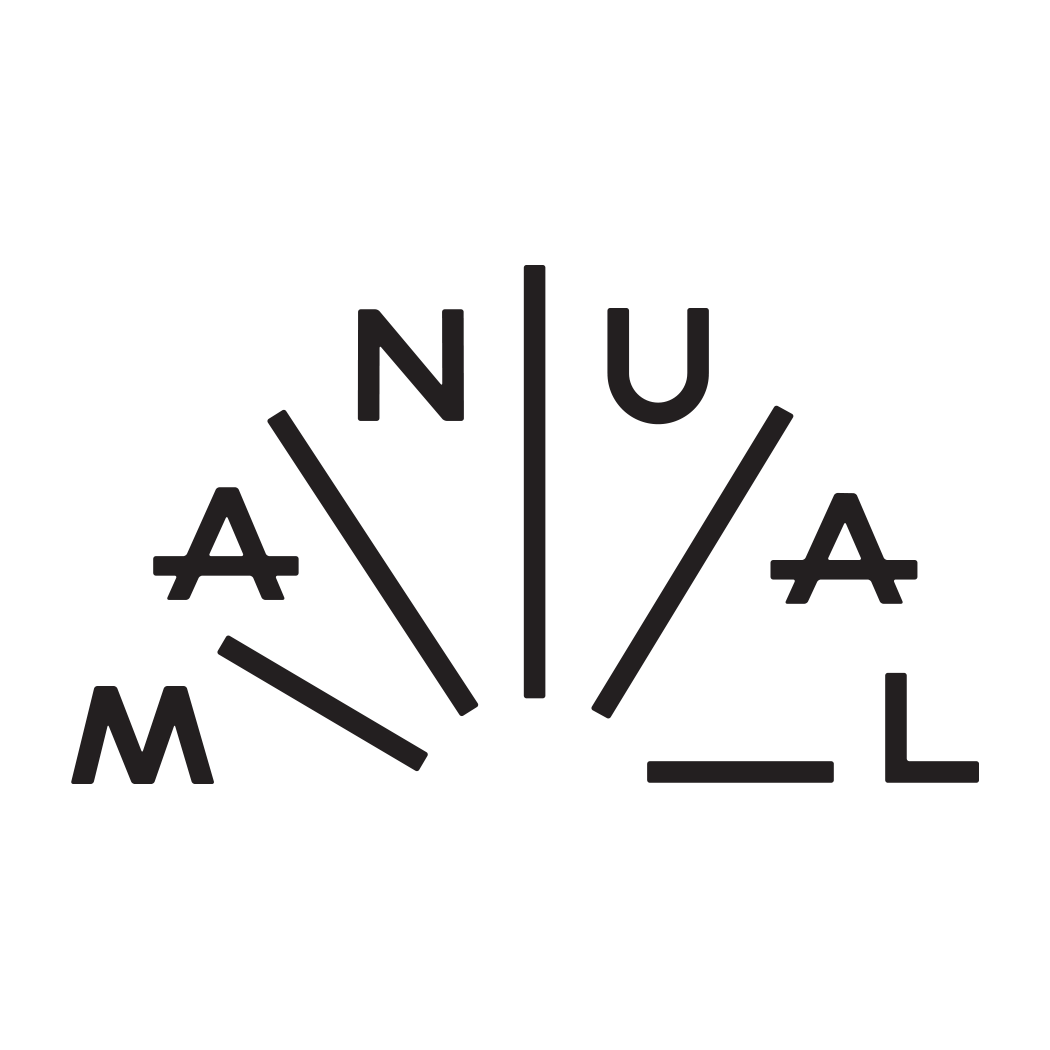Say Hello to Adado
Early on in the development of Manual Coffeemaker Nº1, we convinced our friends at Gaslight Coffee Roasters to let us work with them to cup, select, import, and roast a coffee to be specially paired with Manual Coffeemaker Nº1. We could have launched our coffee maker by itself and skipped this step. In fact that would have been the easier thing to do. But the chance to experience the entire roasting process—from cupping to bagging—was far too exciting to pass up.
After many cuppings, test roasts, and a crazy weekend of non-stop bagging and roasting, we ended up with "Adado"—a sophisticated coffee from the infamous Yirgacheffe region of Ethiopia.
But what what does Yirgacheffe mean for the coffee? Does elevation really matter? Process? We took some notes to decode some of the standard coffee bags "specs" that get taken for granted:
So other than the fact that it came from around the world, why is this coffee special? East African—and especially Ethiopian—coffees are prized for their complex flavors and their higher acidity levels (think juice-like acidity). We love Adado's light tea-like body, the delicate floral notes still evident after the light roast, and the subtle stone-fruit sweetness (think nectarines & peaches) that’s brought out by the slower extraction time of MCM. We think it’s a great pairing and we’re as excited for you to try it, as we were to select it.
But before we selected and roasted, we went through a series of "cuppings" with Gaslight. A coffee cupping is a near-ritualistic session where coffees are blind tasted and judged qualitatively using quantitative measurements.
Early on we requested Gaslight bring in a few East African coffees, and we settled on Ethiopian since these brighter coffees seemed to work well with the Manual Coffeemaker Nº1. Miro Lomeli, Gaslight's roaster had three Ethiopian coffees brought in, and test roasted each one for the tasting. Here we peel back the curtain on the first cupping we did to select the Adado:
The session starts with a worksheet—the Specialty Coffee Association of America (SCAA) official cupping form. It looks complex, but essentially it all comes down to rating the coffees in a few different states, over a period of time, in almost a scientific research manner.
First the coffees to be cupped were ground, and placed out blindly.
Judging the fresh-ground smell.
Hot water was added to each of the samples.
Judging the aroma of the initial bloom.
Breaking the crust to release the full aroma. Traditionally you push your nose down into the cup, just behind the spoon—which is actually quite intense!
Scooping out the grinds.
Slurping each of the coffees from a spoon. Loudly.
Slurp, slurp. Bringing air into the palette—along with the coffee— distributes the coffee evenly across the tounge.
After 15 minutes of slurping, final numbers are recorded and tallied.
And after the math, the winner was exposed.
All three Ethiopians were very different, and as a first timer I found it quite challenging comparing the three. I was blown away by the technique—much like every other component of the coffee world, it was all about minutiae of process. It was maddening to try to assign fractional numbers to qualitative tastes and smells. It was frustrating attempting to make the numbers tell the story I wanted to tell about each coffee. It felt so fussy filling in little boxes on a clipboard. And it all changed over the 15 minutes we spent slurping. I was ready to do it again the next day.
But Adado is a product of passion as much as it's rooted in analysis. Thanks to Tristan Coulter at Gaslight for believing in this project and being game to do a custom run. Thanks to Miro, Gaslight's roaster for dialing in this coffee through the process, and then roasting 600 lbs of coffee over 2 days—on a 15 lb roaster. And thanks to everyone who helped seal up over 1000 bags of coffee.
We hope all of this effort comes to life in the cup. Enjoy.
